Photoluminescence is a phenomenon wherein certain pigments absorb light of a particular wavelength and then re-emit it as another light of their own. The re-emitted light is often of a different color, which serves as an effective distinguishing feature. Likely, many animals have certain pigments in their bodies that absorb UV light and re-emit it as the light of lower wavelengths like blue, green, or pink. In today’s article, we are going to talk about 13 Animals that glow in Black light or UV light.
What is Black Light?
Black Light is basically Ultraviolet Light in its long waveform with a very less amount of visible light. Black Light lamps are also known as UV-A lights, Wood’s lamp, etc.
Since humans cannot perceive Ultraviolet light in its original form, Black Light becomes extremely useful as the existence of visible light helps us to perceive it.
Animals that Glow in Black Light
1) Marbled Scorpion

Under ultraviolet light, such as that from an electric black lamp or the moon, all scorpions glow. The hyaline layer, a remarkably thin but incredibly resilient coating on the cuticle, a portion of the scorpion’s exoskeleton, is where the chemical responsible for the blue-green light is contained.
The exoskeleton of the animal gives it a striking greenish glow by absorbing UV light and re-emitting it at various wavelengths. The fluorescence shields the scorpions from the sun in a way, or it confuses the prey with their intense blue-green glow, making it simpler to trap.
2) New World Flying Squirrels
The next animal on this list of Animals that glow under Black Light is the New World Flying Squirrel. When UV light falls on them, the fur of these New World Flying Squirrels glows with a pink fluorescence.
This property of flying squirrels was an accidental discovery while scanning the forests and when a beam of UV light fell on them.
Though the reason is not quite certain to date, it might visually help them to see each other in snowy conditions when the light is low.
3) Owls
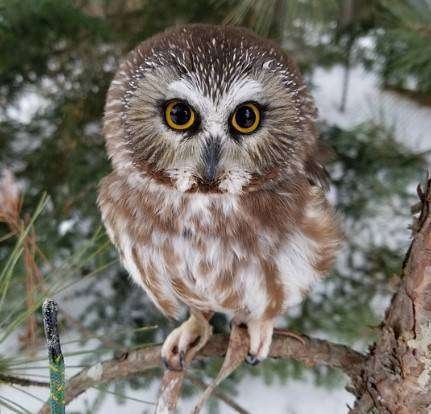
Some Owl species, like the Northern Saw-Whet Owl, have feathers that glow in Black Light or UV light. When this owl spreads its wings, what we can see is a bright magenta color.
Under normal conditions, this photoluminescence of Northern Saw-When Owl is invisible to humans, but when Ultraviolet blacklight falls on them, they emit their typical coloration.
Unlike in other birds like parakeets, where photoluminescence may help them to stand out during mating, the exact purpose of that of Owls is unknown.
Some scientists assume that it may help to estimate the age of a bird since feathers are constantly replaced, and the intensity of coloration may vary with age.
4) Platypus
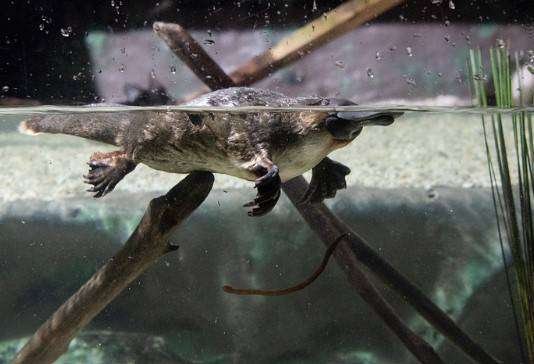
The third mammal to show photoluminescence after the Flying Squirrel and Opossum is the Platypus. Under ultraviolet light, the Platypus’s fur flashes a vibrant green light.
This Australian animal is in danger of going extinct. Platypus use mechanoreception and electrostimulation to navigate in their aquatic habitats.
It’s probable that because they don’t rely primarily on sight, they employ their photoluminescence to hide from predators rather than for communication. This activity is quite similar to certain crustaceans that show bioluminescence.
5) Puffins

When exposed to UV light, the luminous beaks of Atlantic puffins flash a vivid blue. In this light, a puffin’s bill’s various colorful segments appeared likeneon, curved streaks.
Like many other birds, puffins can see frequencies that the human eye cannot. It’s conceivable that the UV highlights make the birds much more noticeable to prospective mates. According to a different notion, it aids puffin chicks in recognizing their parents when they arrive with food.
6) Budgerigars
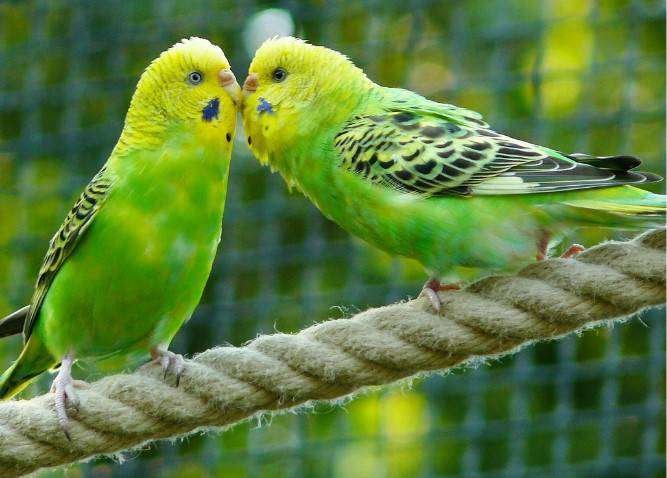
The budgerigar’s plumage reflects light belonging to the near-ultraviolet (UVA) range having wavelengths (300-400 nm) and displays UVA-induced fluorescence, like many parrots.
For courtship displays, budgerigars have naturally occurring yellow luminous feathers on their crowns and cheeks. For humans, all budgerigars have the same appearance, but budgies can see UV light, and they can clearly distinguish each other.
They don’t look the same because of UV patterns. UV tally marks are even on the chicks’ beaks. As a result, their parents are aware of the proper placement of food in their young ones.
7) Opossums
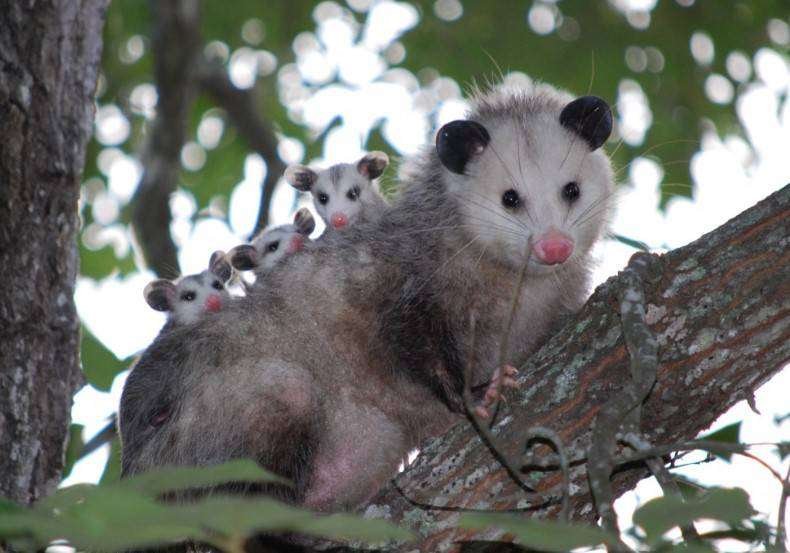
Next up on this list of Animals that glow in the Black Light are Opossums. Opossums are all around us, whether we’re in the city or the distant countryside, hissing and darting into oncoming vehicles.
Most people are familiar with them, but America’s only marsupial has a secret: under the correct light—not headlights, but UV light-opossums flash hot pink beneath their fuzzy coat.
The pink luminescence of the opossum is known to scientists, but there are still many unanswered issues regarding it, most notably what function it serves.
Today I learned, short tailed opossums like Skeever here, fluoresce bright pink under uv light pic.twitter.com/cjsVq9krLd
— tortured Neuralink test monkey (@Zooophagous) April 11, 2020
8) African Springhare
Nobody had a springhare on their fluorescence list card, even though one may find them hopping across the savannas of Eastern Africa. The photoluminescence of the organism was discovered to be predominantly caused by pigments called porphyrins.
The fur of springhares may act as storage areas for storing porphyrins that would otherwise spread disease. Living springhares display a higher degree of luminescence than museum specimens, possibly indicating a certain degree of deterioration over time.
The ecological effects of springhares’ photoluminescence are still unknown to scientists.
9) Wombats
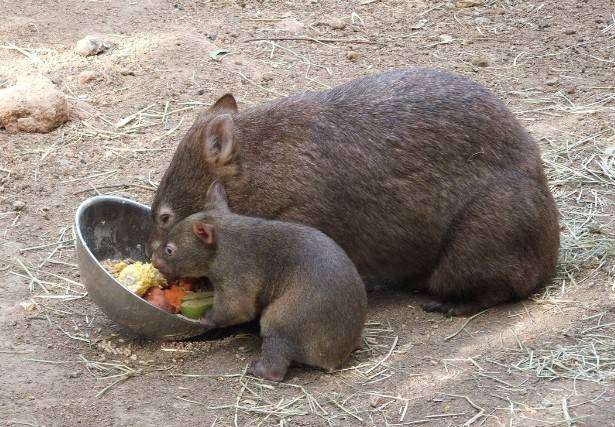
Next up on this list, we have Wombats. These Australian marsupials are small-legged but muscular creatures. Wombats are either nocturnal animals that are either active during the night or dawn or dusk.
Therefore, a possibility exists that photoluminescence will increase their ability to survive, especially since ultraviolet radiation is more common during the night.
10) Tasmanian Devils

Following the discovery of Animals that glow in Black Light, like wombats and platypuses, scientists at a US zoo have discovered that Tasmanian devils shine under UV light.
The Tasmanian devil’s skin surrounding its eyes, snout, and inner ear absorbs ultraviolet light and then reflects it as blue visible light.
The Tasmanian Devils, too, like other animals on this list, show bioluminescence; however, the exact reason for the same is currently unknown.
11) Galah
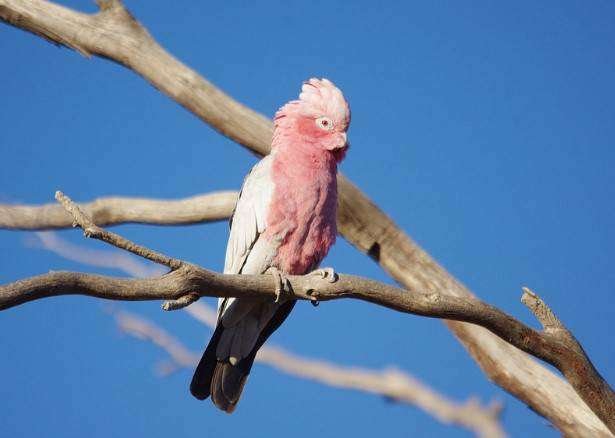
Galah cockatoos are the eleventh animal on this list. Like budgerigars, Galah cockatoos too, show bio-fluorescence. When UV light falls on them, their feathers start glowing and especially their beaks which glow with a blue hue.
Birds, unlike humans, are capable of seeing in UV due to the presence of four cone cells in their retina. Glowing in Black Light or UV may help these birds to look out for each other or for some other purposes which currently stand unknown to humans.
12) Bandicoots
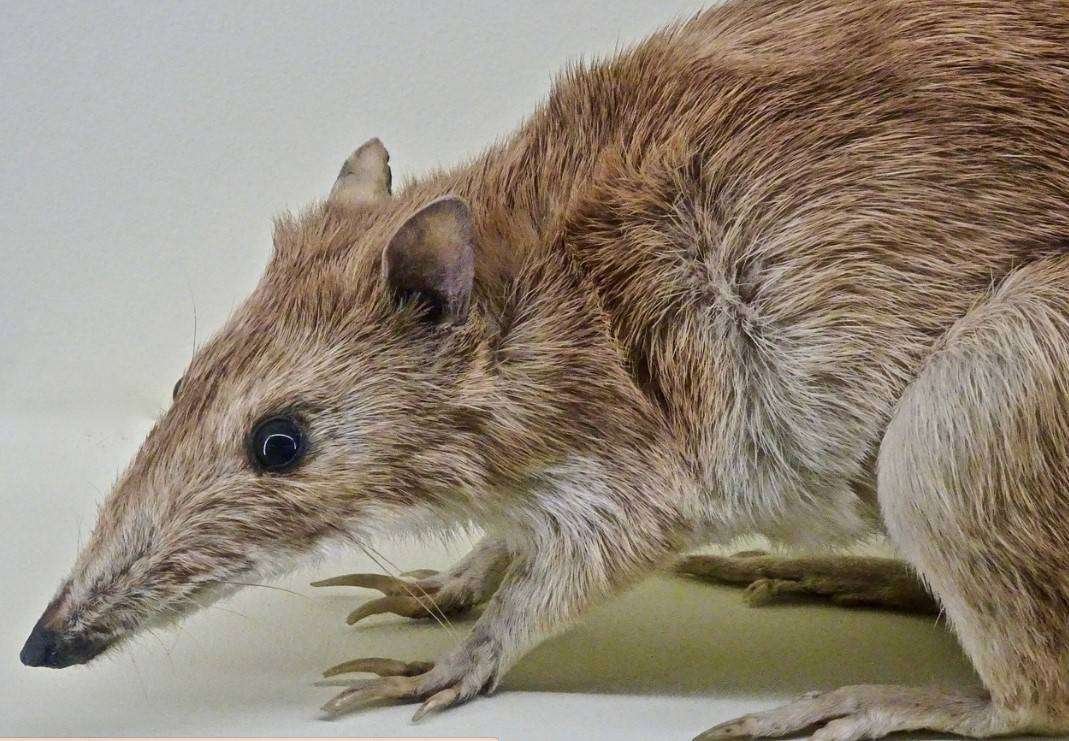
These Australian Marsupials have fur which glows under Black Light. When UV light falls on them, Bandicoots show a pink coloration, quite like the other Australian Mammals on this list.
Most of the animals on this list belong to the continent of Australia, which proves the theory that photoluminescence or glowing in UV light must be an evolutionary feature. However, the reason for such a characteristic is yet to be discovered.
13) Eastern Fox Squirrel

The last animal on this list is the Eastern Fox Squirrel. Eastern fox squirrels glow as well, but it’s their bones rather than their hair that do so. Due to a particular mutation in a gene, these squirrels are unable to digest the uroporphyrin enzyme.
High amounts of this drug are dangerous and can cause several adverse effects. It may make people sensitive to light, develop skin sores, or even cause paralysis.
The bones and teeth of Eastern Fox Squirrel accumulate uroporphyrin throughout life. This causes them to show a pink fluorescence when UV rays fall on them.
Now, we come to the end of this article, Animals that glow in Black Light. Stay tuned for many such interesting articles, which we will be bringing soon.
References
Bird Note- Glowing Feathers
Bat eyes have ultraviolet-sensitive cone photoreceptors- Brigitte Muller et al. 2009
Bird Note- Puffin Bills Glow
Also Read:

A zoology student turned writer. Nature has always been a magnet to me, and to unearth some of its secrets through my articles is my prime intention. If not engaging myself with nature and anime content, you can always find me going through some Bengali classics or filling the air with some soulful Tabla beats. An artist, trying to throw some colors to my blank canvas of life.
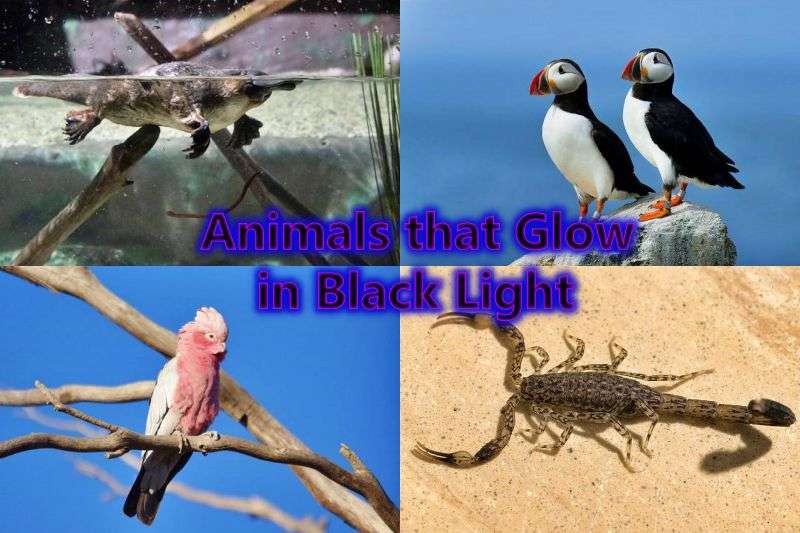
Comments are closed.